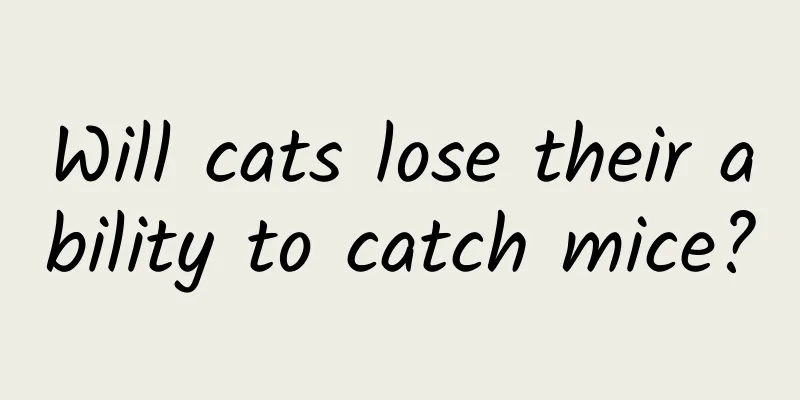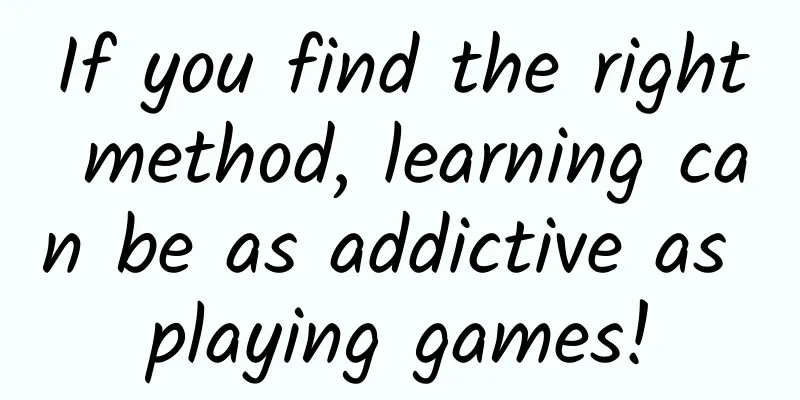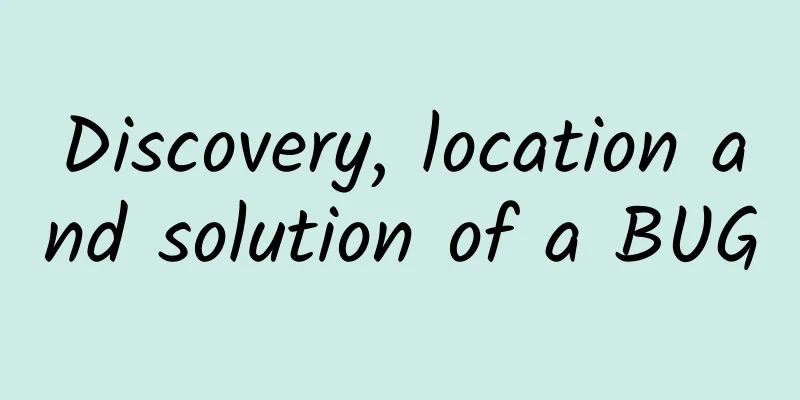Will cats lose their ability to catch mice?

|
I saw a question from a friend: If the instinct formed by an organism after adapting to an environment is not helpful for the survival of the organism in the new environment, will it disappear after the change of environment? How long will it take? For example, after a cat has survived for enough generations in an environment without mice, will the instinct to catch mice gradually disappear? The answer is yes, but generally it is at least millions of years. As for instincts, taurine, etc., they are just phenomena, not essential issues. In fact, the use-it-or-lose-it theory itself is not wrong, but the reason for the error is that it misunderstands the cause and effect relationship. This is also a misunderstanding of evolution by many people, including today, many people still misunderstand it. There are two core contents of the theory of evolution: one, mutation; two, selection. Let's talk about these two issues. 01. Mutation Everyone who has studied biology knows that cells are constantly replicating their genes, on the one hand for cell proliferating, and on the other hand for gene expression. In principle, genes will faithfully follow the template and the principle of base pairing, as shown in the figure below, A=T, G=C. However, in fact, the accuracy of this replication is not 100% , and there is always a certain mismatch rate. As for the reason, I remember someone analyzed it from an engineering perspective, which basically said that it is not worth the cost. Anyway, no matter the reason, the result is that it cannot be accurately replicated. If a mismatch occurs, the body will have a certain repair mechanism to correct the error. This is the content of the 2015 Nobel Prize in Chemistry. However, it is still not 100% accurate . This is destined to cause mutations. Moreover, this appearance is like rolling dice, random. So, does this mean that organisms can mutate at will? Of course not. You have to face a choice. This is the second content of the theory of evolution. 02. Select Mutation is random, but selection is directed. The selection pressure is the key factor that determines whether a mutation can be preserved . When the selection pressure is strong , for example, as a human, if a mutation affects fertilization, then it will be impossible to form offspring; if a mutation makes you unable to breathe, then the individual will die during pregnancy. The above are extreme examples, that is, mutations are not allowed in very important core functional areas because mutants cannot survive. When the selection pressure is weak , for example, if you mutate and lose your tail, this will not affect our daily life and survival. Therefore, these mutations can be preserved. This is called relaxation of selection pressure in biology. Once the selection pressure is relaxed, it means that diversity begins to increase. At present, if cats are completely kept in captivity and do not need to obtain food by themselves, then their hunting instinct will face relaxation of selection pressure, that is, whether or not to hunt does not affect the cat's inheritance and survival. Then, eventually, there will be more and more mutations, and these responsible genes will become junk genes and eventually be eliminated. Of course, this scale is very, very long, probably more than several million years. 03. Additional knowledge points 1. Both Darwin and Lamarck's theories attempt to interpret biological phenomena. Both have advantages and disadvantages, and should be absorbed dialectically. 2. Regarding selection, there is another classification method Positive selection: If a DNA mutation is beneficial to an organism, the selection for this mutation is positive. Depending on the level of beneficial advantage, it takes different amounts of time for this beneficial mutation to become widespread in a population under positive selection, ranging from a few generations to tens of thousands of generations. Negative selection (purifying selection) : If a DNA mutation is harmful to an organism, the selection for this mutation is negative selection or purifying selection. In theory, purifying selection will eliminate harmful mutations in a population. However, the fate of slightly harmful mutations is not so clear. Neutral selection: If a DNA mutation has no effect on an organism, or the effect is not obvious, the selection for this mutation is neutral (Neutral selection). 3. Gene repair . In addition to the content of the 2015 Nobel Prize, there are other repair mechanisms. 4. In fact, mutations are not completely randomly distributed , but there are mutation hotspots, where the mutation frequency is particularly high. Finally, keeping in mind that " mutation comes first as the cause, selection comes later as the result " is the magic weapon for understanding the theory of evolution. |
>>: To see what the inside of a snake looks like, he lets a python eat him alive
Recommend
How to manage your Android code with Gerrit?
Author: Hu Rui, Unit: China Mobile Smart Home Ope...
Oh my god, why are there so many furry rabbit tails growing inside the stone!
Happy days always pass by in a flash, and the Spr...
Analyze how to place information flow ads in the automotive industry from 3 perspectives
"Golden September and Silver October" i...
Valuation Modeling Skills Enhancement Course (Fifth Edition)
Resource introduction of Valuation Modeling Skill...
Battle and coexistence between humans and viruses | Science Gallery
A global virus pandemic has almost overturned peo...
Does Facebook really drive 16% of global mobile phone sales?
Facebook recently authorized Deloitte to quantify...
Rumor has it that the iPhone 7 will have a built-in projector and a liquid metal body
Although the iPhone 6 was released not long ago, ...
Ding Lei raises pigs and Jack Ma raises dairy cows
China's ranches have become a hot spot for var...
The most comprehensive APP promotion and operation methodology!
APP promotion is a big proposition. To do a good ...
APP channel promotion: 3 major channels and experience sharing!
As the Matthew effect in the industry deepens, it...
Why mobile game developers need to take piracy seriously
By now, almost everyone in the mobile space has h...
Bidding account optimization plan, how to optimize new Baidu bidding promotion accounts?
How to become a qualified SEM optimizer? How to f...
What happened to WeChat stopping its services in India? Why WeChat stopped serving India
Some Indian users said that they were forced to l...
With the right time, place and people, will the era of paid video websites arrive?
"If a video website is free, it will lose mo...
Lanzhou Coffee Shop Mini Program Function, How much does it cost to develop a coffee shop WeChat mini program?
Coffee is a symbol of refined life. The developmen...









